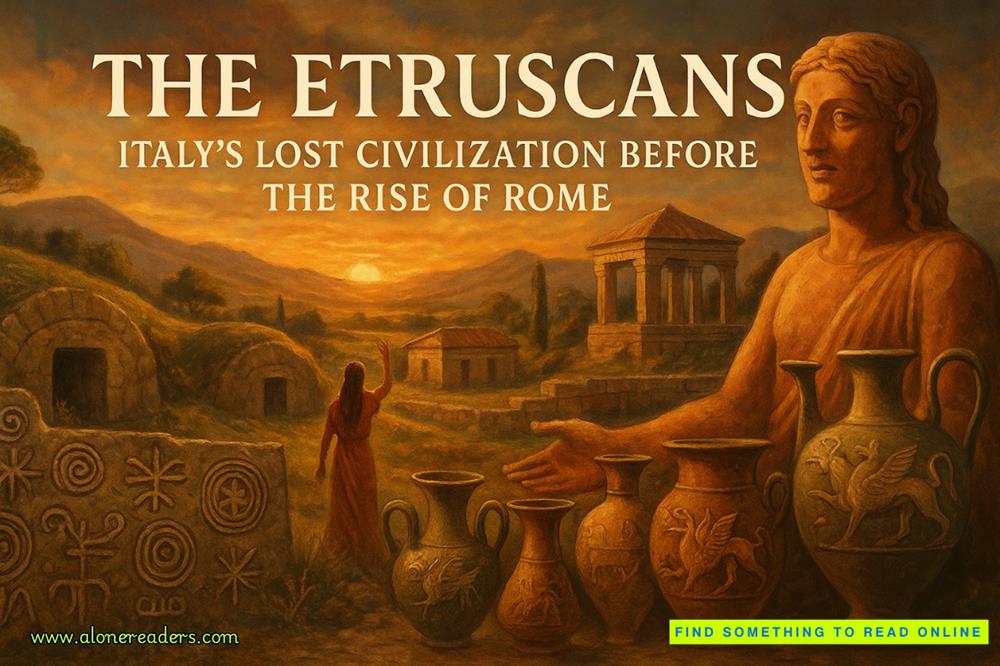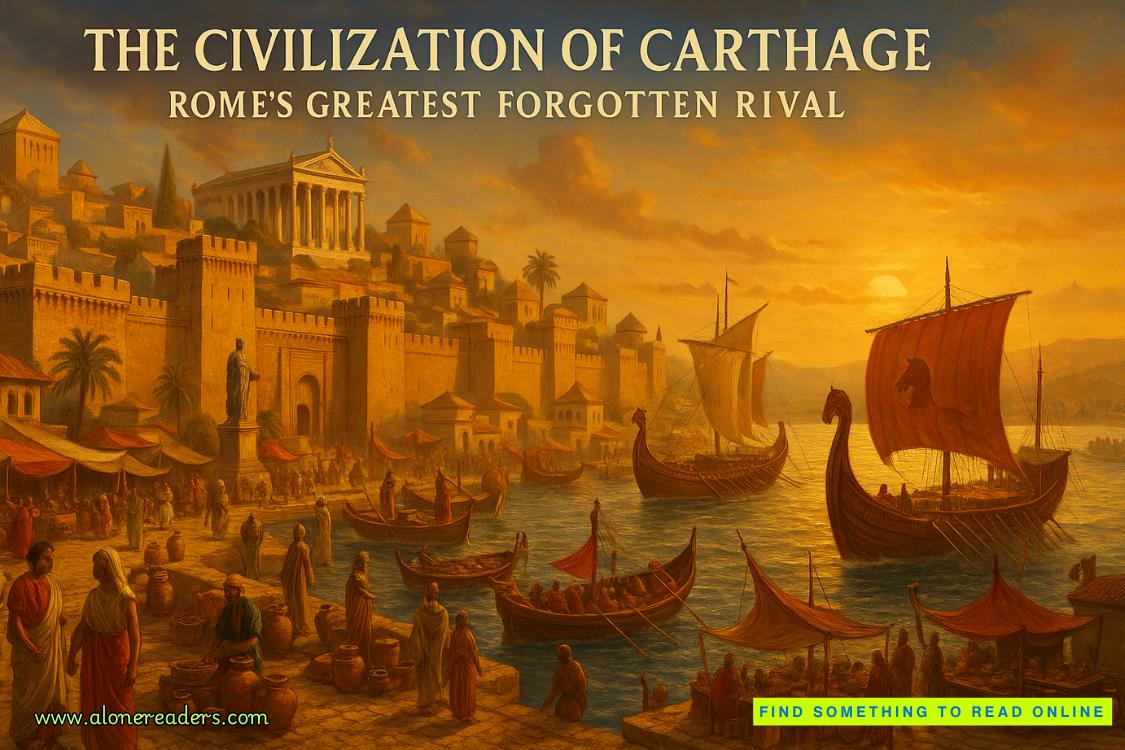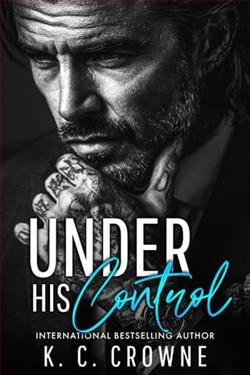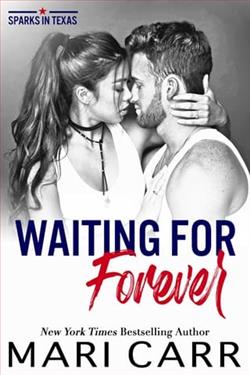Page 14 of The Doomsday Key (Sigma Force 6)
“Look closer.”
Henry zoomed in on the picture of the transformed chromosome. It now showed a fine mapping of the individual genes, displaying a striping of black and white.
Henry explained, “The foreign DNA is incorporating itself into another chromosome, invading its neighbor.”
“It’s spreading?”
He sat back and stared over at Andrea. He allowed some excitement to enter his voice. “I can’t say for sure. But I’ve compiled the data three times. Maybe the first sample that Jason sent was from a different hybrid. They could be testing more than one version of the corn out there. But if they’re not, it would suggest that the genetic modification is unstable. It’s changed from one generation to the next. The sample’s become more foreign and less corn.”
“What does that mean?”
He shrugged. “I have no idea. But someone needs to know about this. I’ve already passed on an inquiry to the Crop Biogenics division at Viatus. I’m sure they’ll want this data. I may even be able to worm a new grant out of the corporation.”
Andrea shifted to her feet. “Then maybe I can actually get that raise you keep hinting at.” A shadow of a smile played over her face, catching a bit of his excitement.
“We’ll see.”
Andrea checked her watch. “If you don’t need me, I should be getting home. My dogs have been cooped up all day. They’re probably crossing their hind legs and dancing to get out.”
Henry walked her to the door. “Thanks again for coming in on your day off.”
Andrea paused at the door. “Are you sure I can’t get you something to eat before I go?”
“No, I’m going to finalize the assay and upload it to the server. It shouldn’t take long.”
She waved as she exited. The door whooshed closed behind her.
Henry returned to his computer station. It would take him less than an hour to formalize his report. While the file Jason had sent from Africa cast little light on the young man’s death, it did illustrate a brave heart, something his father could be proud of.
“You did good, Jason,” Henry mumbled as he made a final review of all the files.
Over the next fifteen minutes, he typed a few notes and observations. He wanted to impress Viatus. Their Crop Biogenics division contracted with laboratories around the world to perform their assays, though mostly in India and Eastern Europe at the moment, where costs were cheaper. But Princeton’s genomics laboratory was one of the best in the world. If he could persuade the corporation to toss a little business their way…
A slow smile spread as he worked.
A knock on the door interrupted him again. His smile widened. If he knew Andrea, she had not taken him at his word. She must have gone to the cafeteria to fetch him a bite to eat.
“Be right there!” he called out. He crossed the lab and swiped his proximity keycard to unlock the door.
5:30 P.M.
Monk climbed into the cab outside the train station. His partner was already in the backseat, giving directions to the driver.
“Carl Icahn Lab on the Princeton campus. It’s on Washington Road.”
Monk settled into the seat next to him, straightened his suit jacket, and leaned back. He rested a briefcase on his lap. He stared down at the custom-made Tanner Krolle case and ran a hand over its English bridle leather. It had been an anniversary gift from Kat two months ago, when he’d formally returned to duty, as limited as it might be. He understood the unspoken message behind the expensive purchase. Kat was more than happy to have him pushing papers and conducting routine debriefings and interviews. Anything to keep him out of harm’s way.
He sighed, earning a glance from his new partner.
John Creed hunched a bit in his seat. Though wiry as a starved terrier, the man stood within a fingerbreadth of seven feet. He was one of Sigma’s newest recruits, clean-shaven, with lanky red hair, freckled over most of his face. Despite his boyish features, his expression remained steadily dour.
Monk frowned and asked him a question that had been nagging him since they’d first met. “So, kid, how old are you? Fourteen? Fifteen?”
“Twenty-five.”
Monk tried to hide his doubt. That seemed impossible. Only seven years separated them? Monk flexed his prosthetic hand, aware that a lot could happen over seven years. Still, he studied his companion more closely for the first time, trying to size him up.
On the train ride from Washington, Monk had read through the details about Dr. Henry Malloy, but he knew only the briefest bio on his traveling companion. Creed was from Ohio, had quit medical school after one year, and served two tours in Kabul as a grunt. Shrapnel from an IED had left him with a permanent limp. He tried for a third tour but ended up out of the service, though the details on that were less clear. Due to his test scores and background, he was recruited by Sigma and trained in genetics at Cornell.
Still, the kid looked like he could be in high school.
“So, Doogie,” Monk continued, “how long have you been active?”
Creed just stared at Monk, plainly accustomed to ribbing about his baby-faced looks. “Finished Cornell three months ago,” he said stiffly. “Been in D.C. for two months. Mostly getting settled in.”
“So this is your first assignment?”
“If you call this an assignment…,” he mumbled, and stared out the passenger window.
Though Monk felt the same way, he still bristled. “Nothing’s trivial when it comes to fieldwork. Every detail matters. The right piece of information can make or break a case. It’s something you need to learn, Doogie.”
Creed glanced to him. His dour look turned a bit sheepish. “Okay. Point taken.”
Monk folded his arms, hardly satisfied.
Kids. Think they know everything.
Shaking his head, Monk turned his attention outside as the cab crossed onto the Princeton campus. It was as if a verdant chunk of England had been dropped into the middle of New Jersey. Autumn leaves spread across rolling green lawns, ivy climbed walls of stately gothic stone buildings, even the dormitories looked like something out of Currier and Ives.
As they glided through this bucolic world, it did not take them long to reach their destination. The cab pulled to the curb, and they climbed out.
The Carl Icahn Laboratory occupied a corner of a wide green expanse. While many of Princeton’s structures dated to the eighteenth and nineteenth centuries, the laboratory was only a few years old, a stunning example of modern architecture. Two rectangular buildings stood perpendicular to one another, housing the main labs. Joining them together was a two-story curved atrium, facing the parklands.















